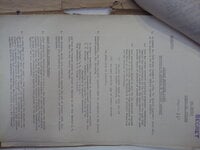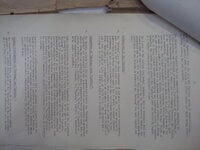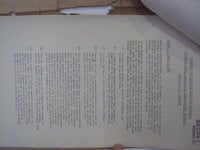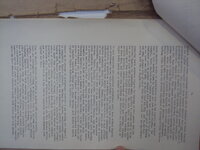- Thread starter
- #41
…and the RAF used the Mustang almost exclusively for fighter cover for Bomber Command for daylight operations later in the war. The Spitfire was quite frankly range-limited.Snowygrouch scratched the surface on it, but there are several reports on US aircraft from British testing establishments that are littered with superlatives.
I'd like to point out that six of Eric Brown's all-time top 20 aircraft he'd ever flown were US aircraft;
Only beat out in number by British aircraft by one;
- Boeing Superfortress
- Douglas Boston
- Grumman Bearcat
- Lockheed Constellation
- McDonnell Phantom II
- North American Sabre (particularly the E), he also specifically called out this as his favourite jet aircraft he ever flew
For what it's worth -- rounding out the list:
- Avro Lancaster
- de Havilland Hornet
- Gloster Gladiator
- Hawker Hunter
- Martin-Baker M.B.5
- Supermarine Spitfire (particularly the XII)
- Vickers Viscount
- Bucker Jungmeister
- Fiesler Storch
- Focke-Wulf 190 (particularly the D9)
- Junkers 88
- Macchi 205
- -edit- Messerschmitt 262
- Nakajima 'Frank'
Jim




